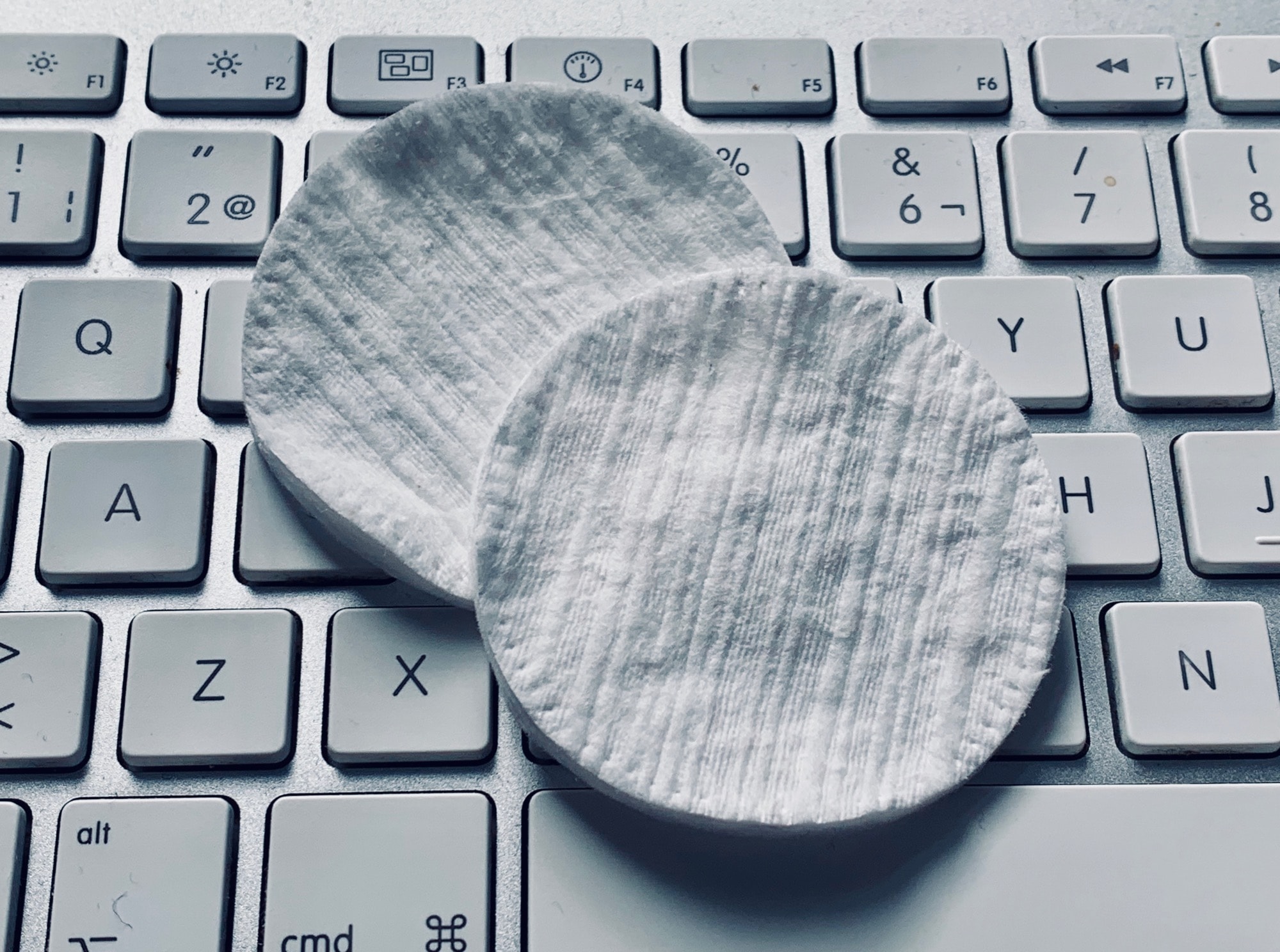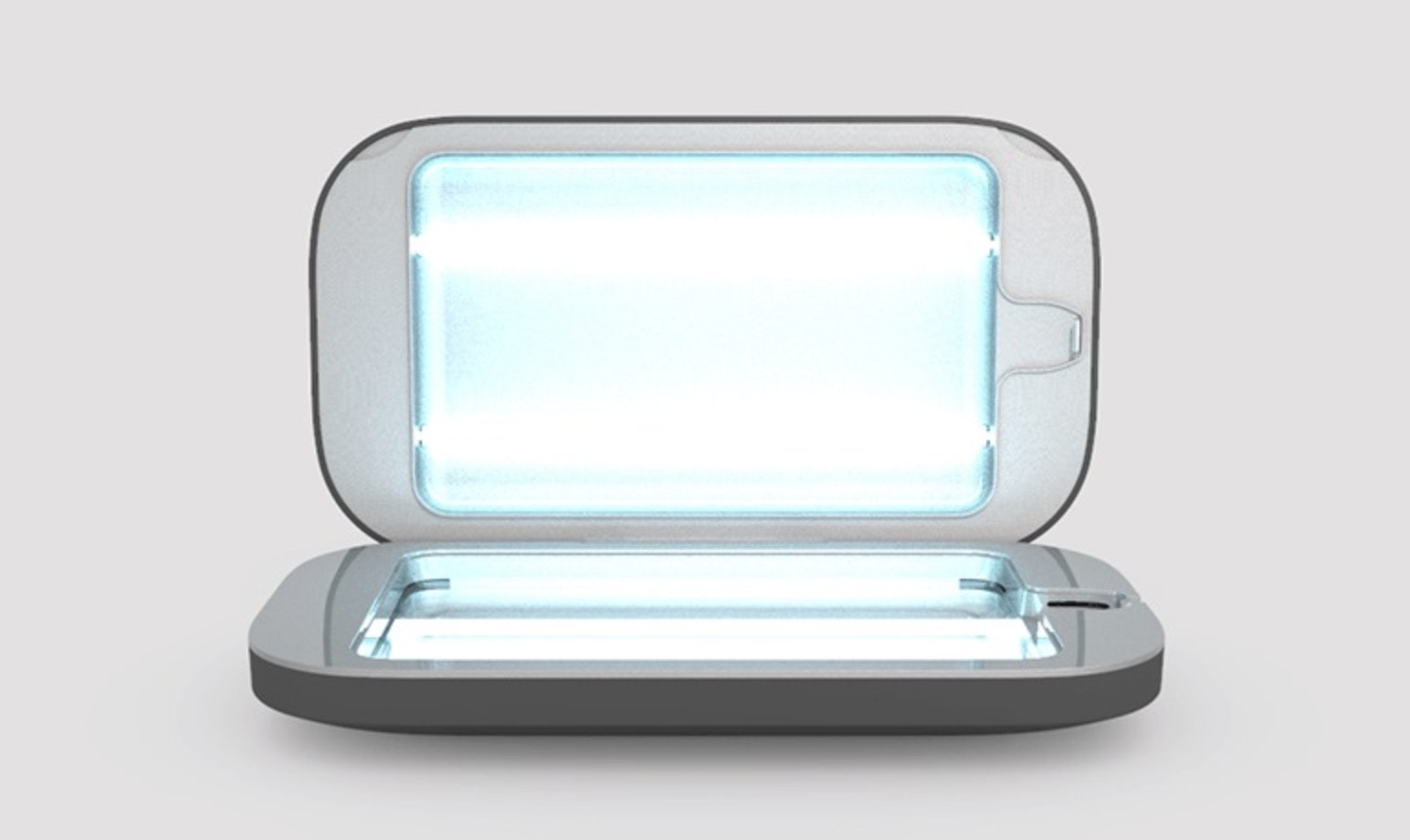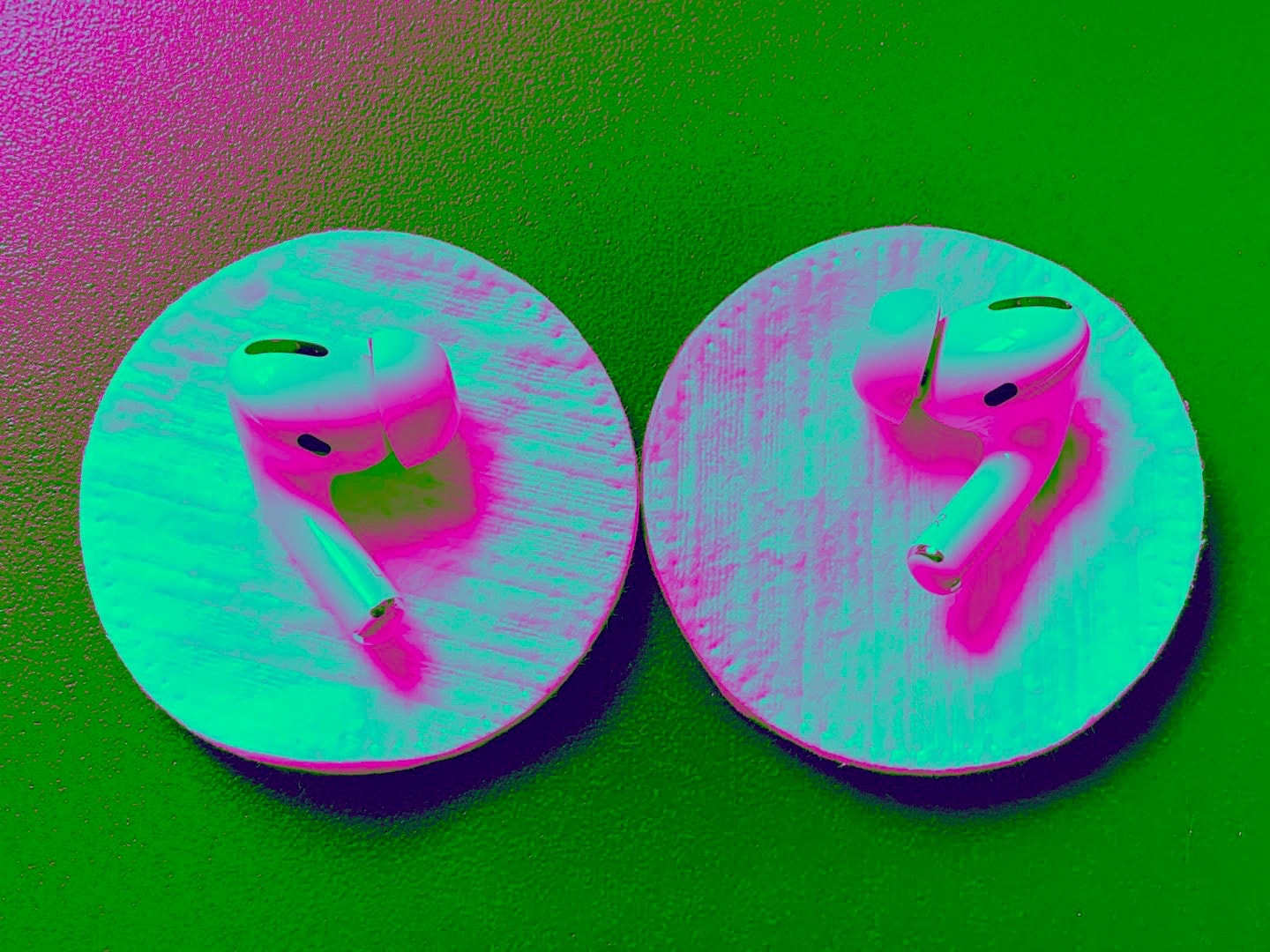Apple has a long support page of links and tips, dedicated to keeping your devices clean and shiny. But what about keeping them germ-free? Even if you only ever use your iMac’s keyboard at home, you probably transferred plenty of unwanted organisms onto it before you started washing your hands properly.
As for your iPhone, it’s probably dirtier than a music-festival toilet. And your AirPods, which you keep touching with your dirty hands all day long? I feel nauseated just thinking about it.
So, how do you keep all this stuff sanitary? It’s easy, even if your local store has run out of disinfectant wipes due to panic buying induced by fears about the COVID-19 virus.
This post contains affiliate links. Cult of Mac may earn a commission when you use our links to buy items.
Keep it clean
All Apple’s cleaning advice pretty much amounts to “use a damp cloth and wipe it down.” That’s not going to cut it against the COVID-19 virus. There are two practical ways to rid yourself of this virus. One is rubbing it with soap and water. The soap — like it does with all oils — breaks down the virus’s lipid layer, exposing it to certain death. The other is to use alcohol-based sanitizers.
Soap down your iPhone
The same way you wash your hands actually works on iPhones, too. Apple’s own cleaning guidelines for the iPhone 11 and iPhone 11 Pro recommend using “a soft, lint-free cloth with warm soapy water” to remove material. Every model since the iPhone 7 offers some level of water-resistance and can survive a soap-and-water wash. Check out Apple’s guidelines for your model on the company’s support site.
You want to be careful about getting water in your device’s charging port. Water won’t harm the port, but it will need to dry out before charging. Apple’s newest handsets — iPhone XS, iPhone XS Max, iPhone XR — issue a warning if they detect moisture in the Lightning connector, and will disable charging. Apple recommends using your hand to tap out excess water, and allowing the port to dry out for several hours. If you need to charge the phone, use a Qi-certified wireless charger.
Obviously, if you have a cracked display you shouldn’t do this. iPhone warranties don’t cover water damage, either, so wash at your own risk. To make sure your iPhone is germ-free, use warm soapy water. Health experts recommend rinsing your hands for at least 20 seconds, which is about as long as it takes to sing “Happy Birthday” twice, so that’s how long to clean your iPhone too.
Alcohol works, but get a screen protector
Although Apple cautions against using cleaning products that may harm your iPhone’s anti-fingerprint oleophobic coating, Microbiologist Charles Gerba at the University of Arizona recommends using a solution of 60% water and 40% rubbing alcohol.
Don’t apply or spray the resulting liquid directly onto the phone, though. Instead, dampen the corner of a microfiber cloth or cotton swab with the mixture and gently wipe it on your phone. Use a second cloth to remove excess liquid. You also could try Lysol or Clorox disinfectant wipes.
Rubbing down your iPhone with alcohol won’t ruin the screen immediately, but experts caution against doing it every day. The alcohol will likely strip the screen’s protective coatings over time. The best solution is to invest in a cheap screen protector. Many screen protectors also have oleophobic coatings, but it’s better to sacrifice the screen protector, which can easily be replaced, than your precious iPhone.
DIY alcohol wipes
Your local store is probably out of alcohol-based hand wipes at this stage. So, we’re going to roll our own. I’ve been doing this for years. As a bonus, I find it’s also a good way to clean a leather iPhone case without things getting messy.

Photo: Charlie Sorrel/Cult of Mac
Step one is to take some good official advice, instead of just reading a how-to on an Apple website. In this case, the Centers for Disease Control and Prevention recommends using “an alcohol-based hand sanitizer with at least 60% alcohol.” So, reach for that rubbing alcohol, or other isopropyl alcohol product.
Step two is to get the dirt off your devices. Disinfecting the top layer of grime isn’t going to help if it just reveals more germy filth underneath. So, follow Apple’s own instructions (a damp cloth, basically) to get them clean.
Then, just grab your alcohol, and moisten a makeup-removal pad. I prefer these to tissue paper, because they don’t disintegrate, and they’re easier to work with. Rub down your device. I use this trick regularly for my iPhone, Kindle and AirPods. It also works well for keyboards, mice and trackpads. Just make sure they’re switched off first, just in case.
Scrub your silicone case
If you have one of Apple’s silicone covers on your iPhone or iPad, you can safely scrub this with soap and water. I’ve done this countless times. As a bonus, it cleans the grease off the microfiber lining of the iPad Smart Cover. (That’s where all your finger grease usually ends up.)
You already know how to scrub something with hot, soapy water. It’s just like doing the dishes. Don’t go crazy with a nylon scourer, especially with the microfiber lining. You want to clean it, not destroy it.
One other tip. After rinsing, rub the nap of the microfiber lining with a thumb to squeegee out the excess water. Then, stand it somewhere warm to air dry. Make sure it’s completely dry before using.
And you’re done. Just try not to think about how disgusting it is that you never cleaned any of these gadgets before now.
How about UV light cleaning gadgets?
Cleaning with soap or alcohol has some drawbacks. PhoneSoap spokesperson Kelli Sprunt told Cult of Mac that her company advises against using alcohol or soap.
“The success rate of the physical cleaning depends on how well it’s done. Some parts of the phone might get extra-clean while others might not get as clean,” said Sprunt, whose company sells an alternative solution it claims is much more effective. PhoneSoap devices use a disinfection method that uses ultraviolet light to kill or inactivate bacteria, viruses, mold and other pathogens. The short-wavelength UV-C light disrupts microorganisms’ DNA, making them unable to function.
UV light to the rescue

Photo: PhoneSoap
“Most users don’t know to properly apply [alcohol wipes] in order for it to be effective,” said Sprunt. “UV-C light remains the most effective and safe way to sanitize your smartphone because it poses no threat to the screen, and it can reach those cracks and crevices between your phone and case.”
Of course, UV-C lights aren’t as cheap and easy as alcohol and soap, so you’ll have to search the internet for a solution that fits your budget. PhoneSoap sells a couple of different UV sanitizers for phones. Its cheapest solution runs $80, while the high-end PhoneSoap Home costs $200. Amazon and other stores also sell a number of UV-C sanitizers.
Cult of Mac writer Buster Hein also contributed to this post.


